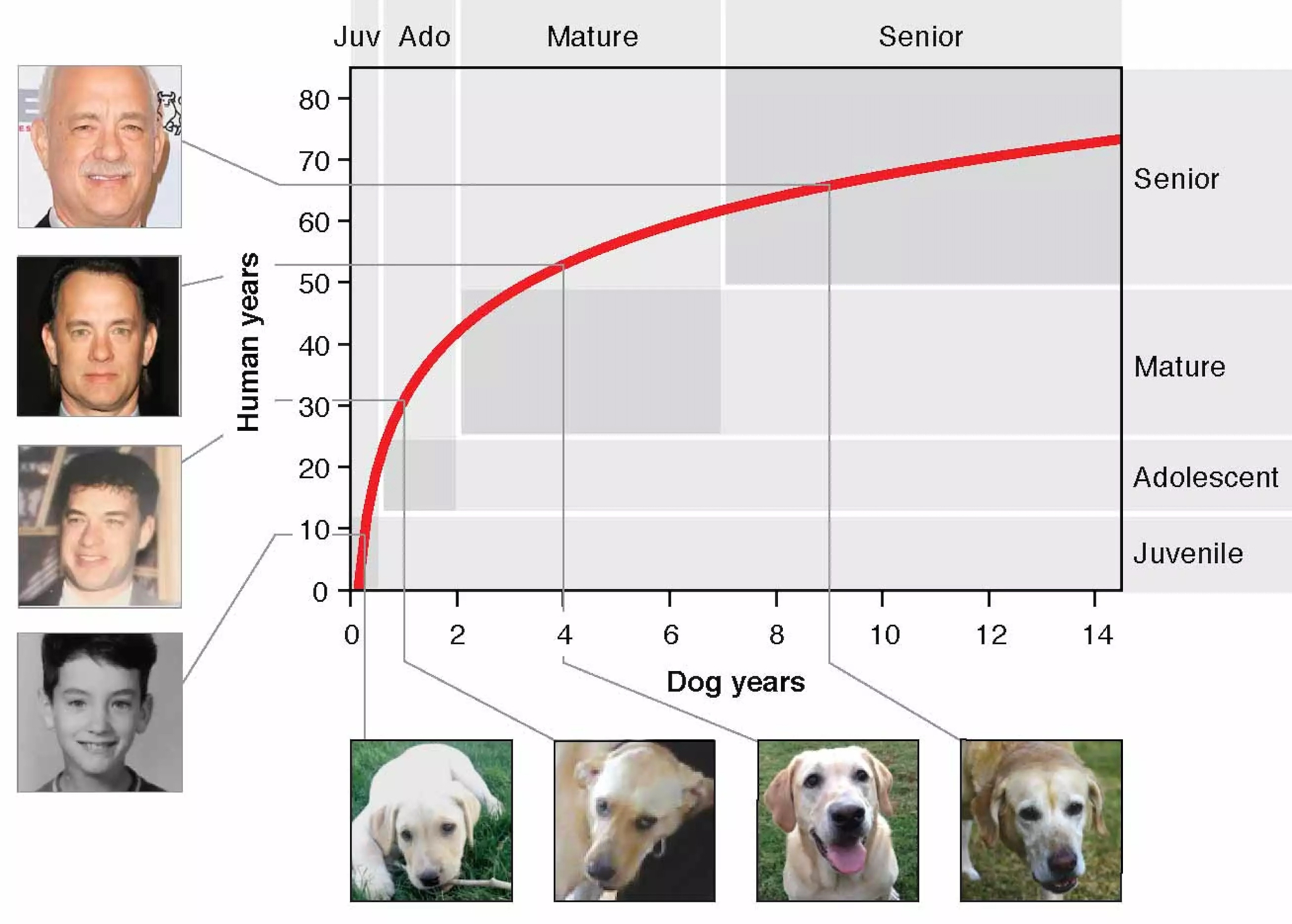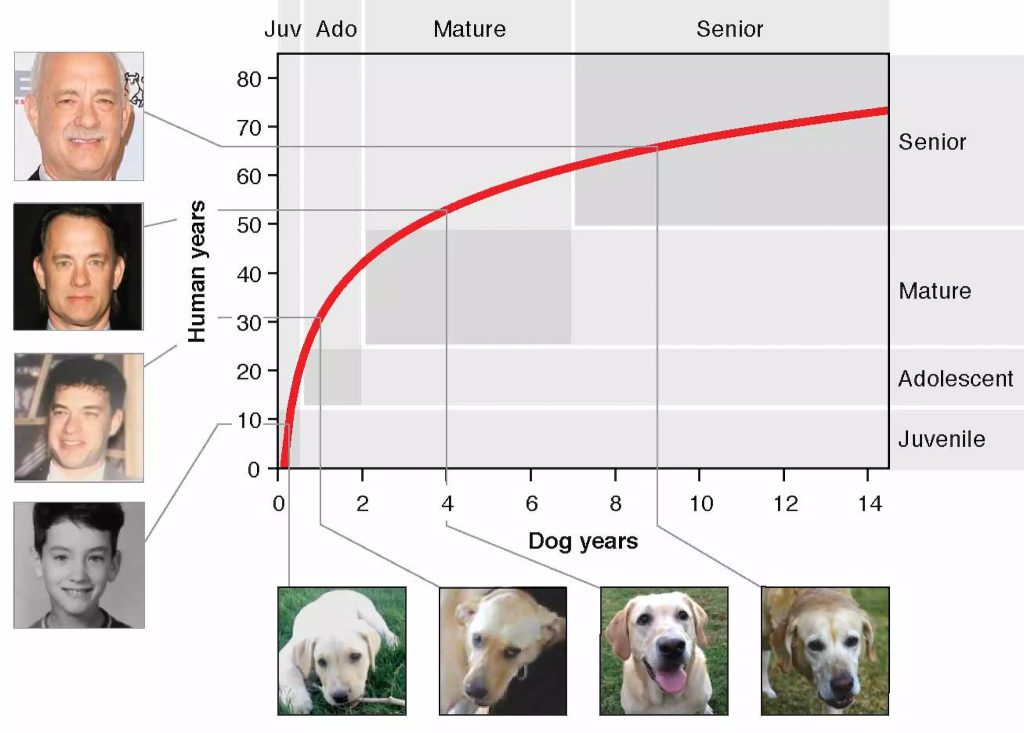How to Calculate Dog and Cat Age Compared to Humans
Understanding how your pet’s age compares to humans helps you care for them better. Many people believe one year for a dog or cat equals seven human years, but this is not entirely accurate. The actual calculation depends on factors such as breed, size, and growth stages.

1. How to Calculate Dog Age Compared to Humans
A dog’s age does not increase evenly over time. It varies based on size and breed. The common method for calculation is:
- First year: Equals 15 human years.
- Second year: Adds about 9 human years, making a 2-year-old dog approximately 24 human years.
- From the third year onwards: Each additional year equals 4-5 human years.
For example, a 5-year-old dog is approximately 36 human years (15 + 9 + 3×4 = 36).

2. How to Calculate Cat Age Compared to Humans
Cats also experience rapid growth in their early years:
- First year: Equals 15 human years.
- Second year: Adds about 9 human years, making a 2-year-old cat approximately 24 human years.
- From the third year onwards: Each additional year equals 4 human years.
So, a 5-year-old cat is also around 36 human years (15 + 9 + 3×4 = 36).

3. Factors Affecting Dog and Cat Lifespan
A pet’s lifespan is not only based on the calculation above but also influenced by:
- Breed: Small dog breeds typically live longer than large ones. Indoor cats often outlive outdoor cats.
- Diet: A balanced, high-quality diet plays a crucial role in overall health and longevity.
- Living Environment: A clean, safe environment reduces the risk of diseases and accidents.
- Veterinary Care: Regular health check-ups and vaccinations help detect and prevent diseases early.
4. How to Help Your Pet Live a Long and Healthy Life
To extend your pet’s lifespan and maintain their well-being, consider:
- Providing a Proper Diet: Ensure their food suits their age, breed, and health condition.
- Encouraging Daily Exercise: Keep them active to maintain a healthy weight and overall fitness.
- Scheduling Regular Vet Check-Ups: Routine visits help detect and prevent health issues.
- Creating a Safe Living Space: Keep their environment clean, secure, and stress-free.
5. Understanding Your Pet’s Life Stages
Recognizing your pet’s developmental stages allows for better care:
- Newborn Stage (0-2 Weeks): Puppies and kittens mostly sleep and nurse. They need warmth and proper feeding.
- Socialization Stage (2-7 Weeks): They begin to open their eyes, walk, and explore their surroundings. This is a critical time for learning social skills.
- Juvenile Stage (2-6 Months): They grow quickly and require basic training and exposure to various experiences.
- Adult Stage (1-7 Years): Their physical and personality traits stabilize. Maintain proper nutrition and exercise.
- Senior Stage (7+ Years): Aging signs appear, and health issues may arise. Regular vet check-ups and a comfortable environment are essential.
Conclusion
Understanding how your pet’s age compares to humans helps you provide appropriate care for their specific life stage. Each phase requires attention and adjustments to ensure they live a long, healthy, and happy life. Regular vet visits, proper nutrition, exercise, and a safe home environment are key to your dog or cat’s well-being.
Read more:
Cách Tính Tuổi Chó, Mèo So Với Người
Top các quán cà phê mèo nổi tiếng ở Đà Nẵng
Gửi thực phẩm khô cho du học sinh Châu Âu, sách vở, hải sản khô

